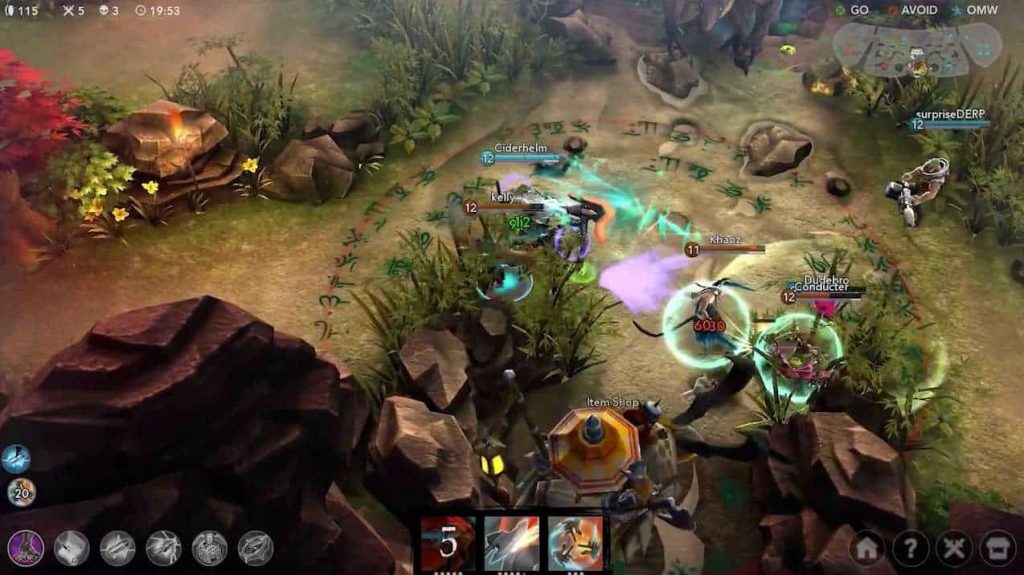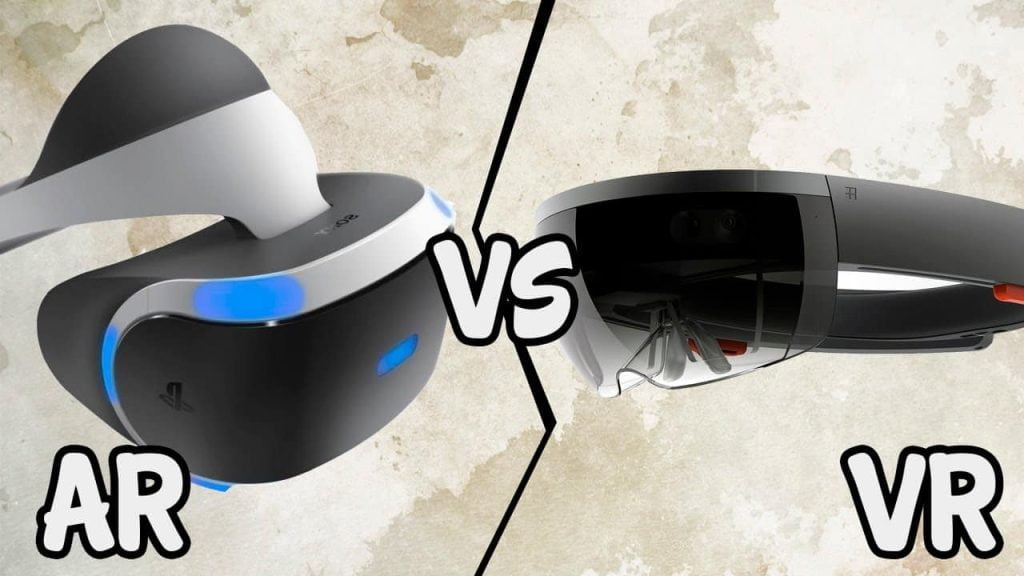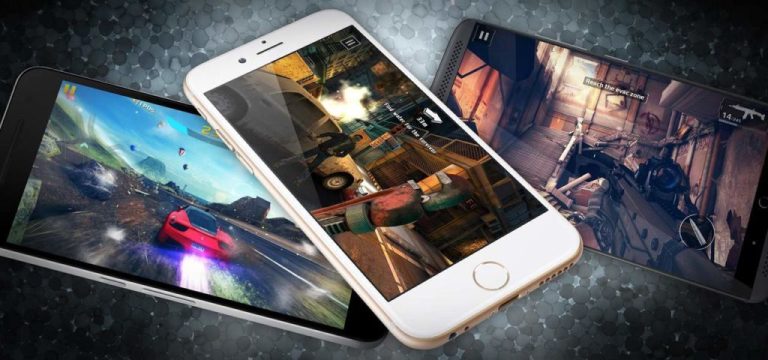Mobile gaming has taken the gaming industry by storm. The rapid development of our pocket computers has dramatically changed the industry landscape and opened up endless possibilities for players who are always on the go.
Various reports suggest that mobile gaming will become the most lucrative segment of the global games industry. By 2020, it will generate nearly half of the gaming revenue on a worldwide scale.
Although mobile gaming also includes tablets, the sector is clearly dominated by smartphones, with China holding the lead. It is a well-known fact that many Chinese manufacturers roll out smartphones that are more suitable for gaming rather than making calls. Although few models make it to the overseas market, some exceptions apply.
Gaming hardware giants like Razer have also spotted the enormous potential of the mobile gaming sector. Razer is reportedly working on a smartphone designed for hardcore gamers. It remains to be seen whether it will succeed in making “hardcore gamers” and “mobile gaming” not sound like an oxymoron. For the time being, mobile gaming is frowned upon by hardcore gamers; however, lately, smartphones have been a significant catalyst for the gaming industry’s growth. Keeping in mind its fast-paced development, the following trends prevail.
The Rise of the Asian Markets
When it comes to mobile gaming, Asian countries have always been considered innovators. Japan and China will attempt to expand to the western markets and vice versa. Western markets’ games will conquer the Asian gaming market. However, the Chinese and Japanese markets can be a tough nut to crack not only because of the tremendous cultural differences but also because of the restrictive clauses in their legislative frameworks.
Due to the above-mentioned cultural differences, some Asian companies develop games especially for the western markets. Despite not being directly related to the mobile gaming topic, the Monster Hunter: World is a vivid example that major in-game changes should precede the Asian developers’ ambitions for Western expansion.
Nevertheless, one of the reasons for mobile gaming growth is the rise of the Chinese gaming market. Currently, China produces a quarter of the global game revenues and outpaces even the US. The mobile revenues in China are generated mainly by Tencent and NetEase. The former has joined forces with Razer, which is solid proof that mobile gaming is here to stay.
Although the Chinese market holds the lead in terms of game diversity, analysts unanimously agree that the level of creativity should be improved.
Deeper Social Engagement
The Snapchat generation (youngsters aged 15-25) will be more socially engaged with gaming apps as compared to previous generations. However, the games where one had to compete against a robot are at their last gasp. The next big thing in mobile gaming will be the boom of players vs. player games.
The non-competitive environment single-player games offer will be of no interest to the younger gamers. Consequently, they will switch to multiplayer that would allow them to compete against friends and communicate via in-game chat platforms.
Hybrid Games Domination
Until recently, streaming and broadcasting have been a “terra incognita” for mobile gamers. PC and console players have the privilege of watching how a game is being played and improving their own skills.
The arrival of Vainglory, Clash Royale, and Hearthstone was the first serious attempt towards integrating “hardcore gaming” and “mobile gaming.” Still, what the mobile segment is missing is a class of hybrid games allowing players to actually play and watch someone else play. Once the hybrid games become a well-developed niche, mobile streamers will generate revenue for the companies by inspiring spectators to try the game.

Games Designed Exclusively for Mobiles
Expectations are more and more games to be developed with mobile gamers in mind. They will look entirely different from the PC and console versions, and the incompetent translations will no longer grind your gears.
Increased Brand Awareness
Aside from Supercell and King and the Pokemon Go craze, mobile gaming brands are too weak. However, the substantial expansion of the mobile gaming sector will make companies adapt to the market conditions and offer their customers high-quality mobile options.
Gaming pioneers such as Ubisoft, Electronic Arts, Nexon are expected to take action towards cementing themselves a spot in the mobile gaming segment. Needless to say, they will count on influencers, celebrities, social media marketing to stretch beyond the traditional PC and console gaming.
Cloud-Based Gaming Apps
The cloud-based gaming apps are also said to be game-changers. In brief, they involve different game engines and count on the cloud for social media integration. When it comes to cloud-based gaming apps development, developers’ top priority will be the app design as the cloud deals with the other essential components.
Augmented Reality (AR) and Virtual Reality (VR)
There is no denying that VR and AR will continue to gain momentum among gamers. Gaming companies have already embraced the opportunity to adopt these techniques for making the games more interactive.
As for the VR headsets, the high price hinders their widespread practical use. However, not long ago, Facebook announced that a new VR headset was in the works. It will not have all features of the profound Oculus Rift, but the $200 price tag is a giant leap towards making VR devices more accessible to the mass players.
HTC is also about to release a standalone Vive VR headset. Given the flourishing Asian market conditions, it comes as no surprise that the device will be available for China-based players only.
As for Augmented Reality, it is a combination of images and real-world technologies. Pokemon Go is a magnificent example of a successful AR mobile game. The game has attracted millions of players and encouraged them to connect with real-world gaming. However, this type of game comes with one major setback. They are location-based, and players need an Internet connection to play.

Future of Mobile Gaming
As we head into the future, the quality of the mobile games will undergo a significant improvement. Market analysts anticipate the mobile gaming industry to entirely change the way how gaming is perceived. Companies will consider investing more in social gaming, 3D, and real-world gaming and focus on developing games compatible with a broader range of devices.
The implementation of new technologies will make the mobile gaming market more innovative, and Artificial intelligence, VR games, and 3D are expected to take over.

